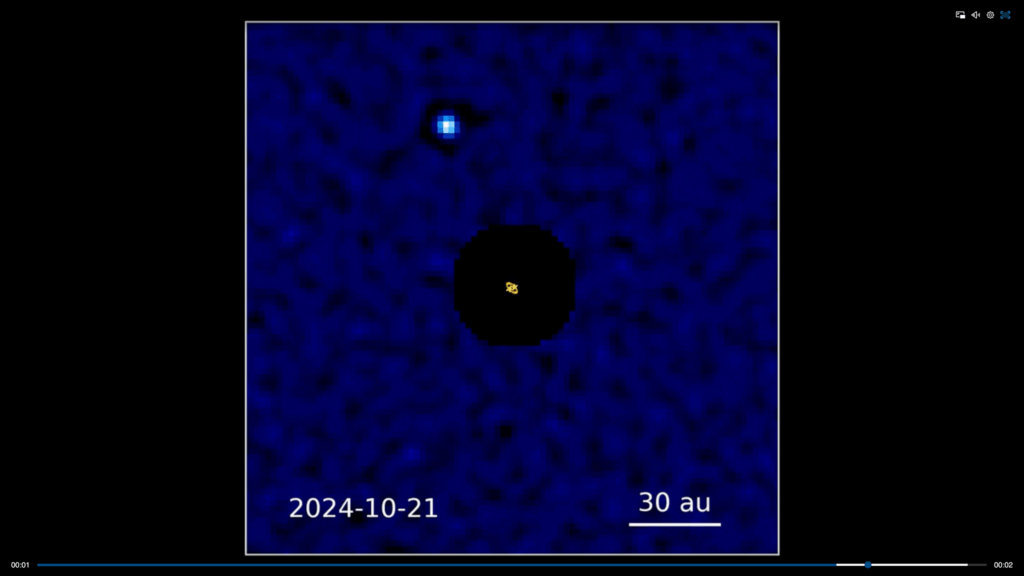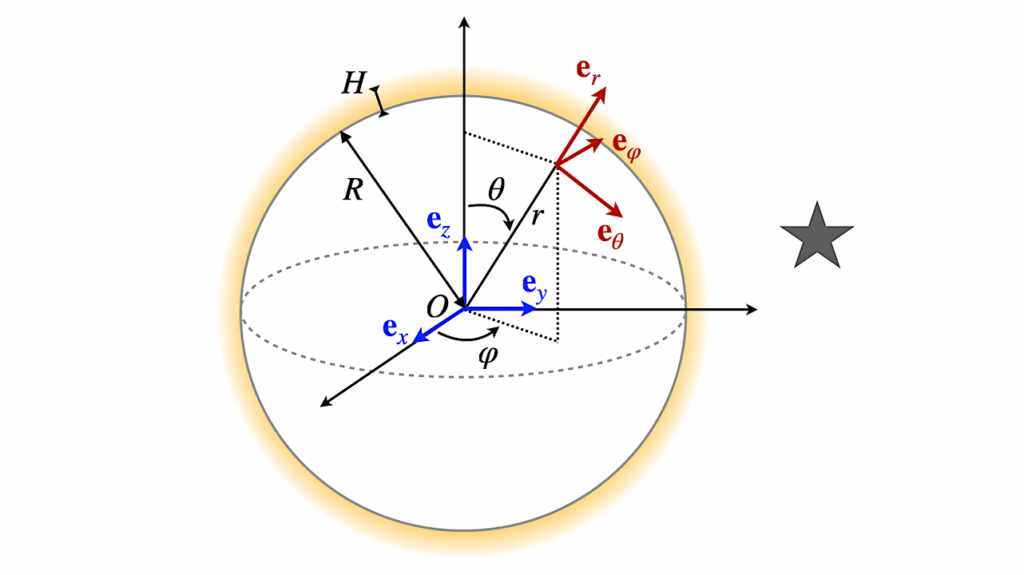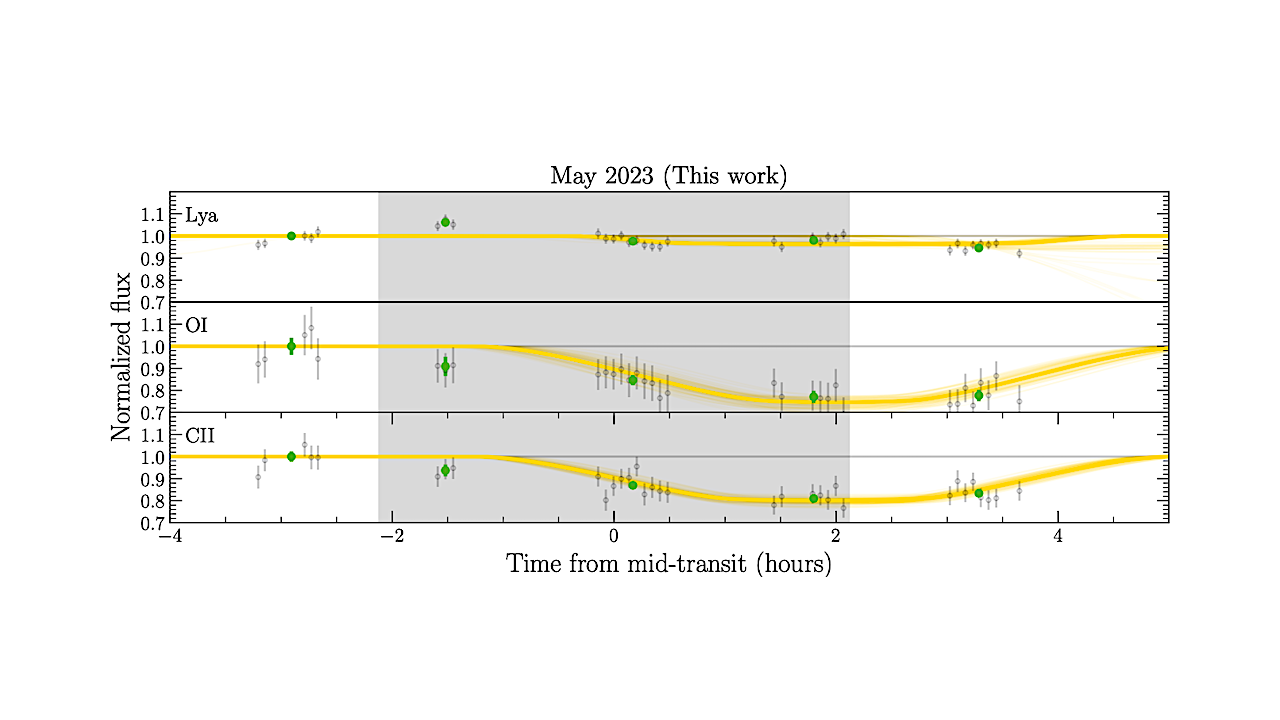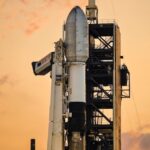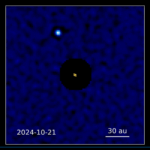Now Reading: EarthShine: Observing Our World as an Exoplanet from the Surface of the Moon
-
01
EarthShine: Observing Our World as an Exoplanet from the Surface of the Moon
EarthShine: Observing Our World as an Exoplanet from the Surface of the Moon
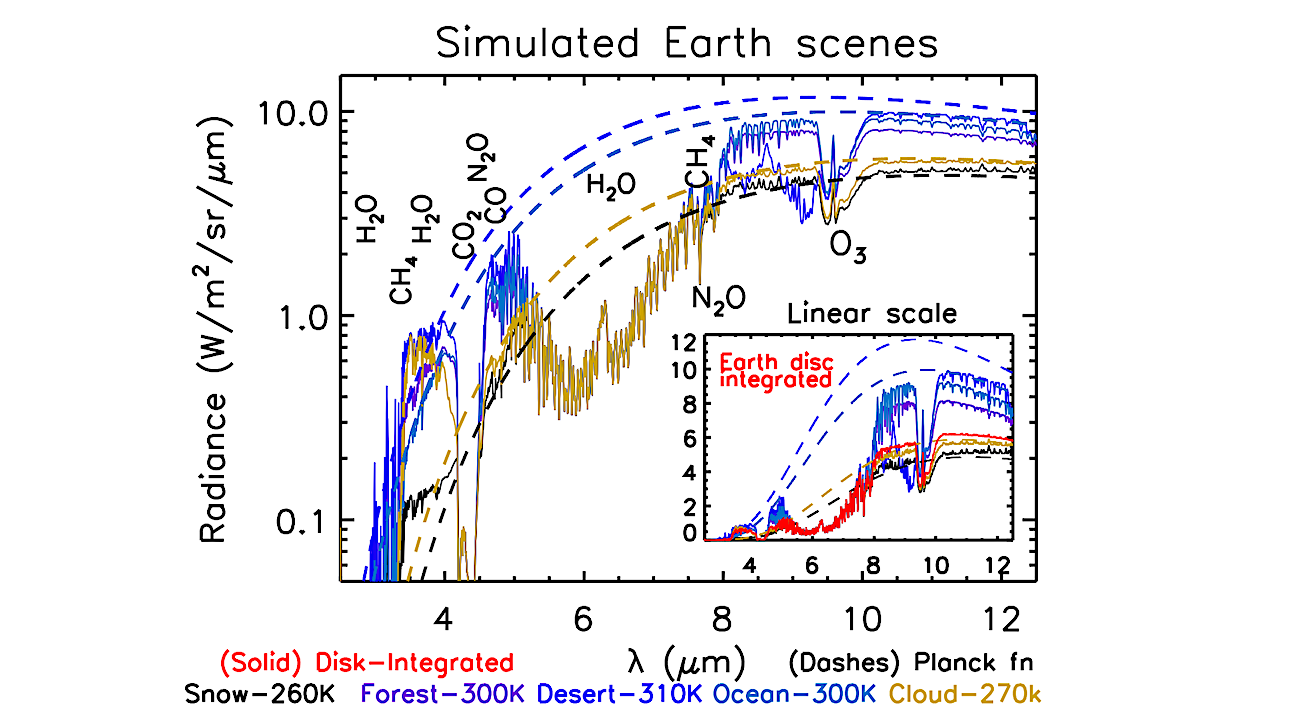

EPyC-IR spectroscopy complements CHEILS reflected light measurement. Earth’s nadirviewed spectrum from 2.5 to 12.5 μm (modeled) is bracketed by EPyC-IR and includes reflected light for 3 μm (opaque due to water opacity) transitioning to thermal emission at longer wavelengths. Critical gases diagnostic of the habitable Earth-like atmosphere are clear in this range —H2O, CO2, O3, and CH4. These signatures can be measured in exoplanets only from space, and thus methods can be tested only in space observations of Earth. Balance between pure blackbody functions (dotted lines for 260, 270, 300, and 310 K) and calculated atmospheric emission (snow, forest, desert, ocean, and cloud) constrain composition and thermal structure. A cloudy planet presents a colder scene for 3.5 to 4.2 μm and >10 μm; the 300-K vegetation spectrum is dominated by lower emissivity than a 300-K ocean or desert in the LWIR region and is manifest as the dimmest of these three scenarios in this range. The global (disc integrated) spectrum includes contributions from terrains with unique spectral signatures such as visible suppression by savanna vegetation, low-albedo over ocean, and reduced emission due to ice absorption at 3.5 to 4 μm over snow. Models for crescent-phase spectroscopy change the weighting of features and must be tested empirically. — NASA NTRS
NASA’s return to the Moon coincides with explosive growth in exoplanet discovery. Missions are being formulated to search for habitable planets orbiting other stars, making this the ideal time to deploy an instrument suite to the lunar surface to help us recognize a habitable exoplanet when we see it.
We present EarthShine, a technically mature, three-instrument suite to observe the whole Earth from the Moon as an exoplanet proxy. Earth Shine data will validate and improve models critical for designing missions to image and characterize exoplanets, thus informing observing strategies for flagship missions to directly image exoplanets.

The power of EarthShine. Observations would begin at day 0, viewing the waning gibbous Earth at dusk. Lunar noon, day 7, views the “new Earth” at mission mid-point. The payload would go dormant near day 14, with a waxing gibbous Earth at dawn. By comparison, DSCOVR can view only “full Earth,” while EPOXI viewed only a modest range of phase angle on the dawn side. — NASA NTRS
EarthShine will answer interconnected questions in Earth and lunar science, exoplanets, and astrobiology, related to the credo“ follow the water.” Earth Shine can take advantage of current NASA programs to conduct science from the Moon with low-cost, mature space hardware to reduce risk and assure success.
Like the 1968 Apollo Earthrise image of our home planet, lonely in the black sky, the appeal of Earth Shine to a multidisciplinary array of researchers in Earth Science, Planetary Science, and astrophysics will maximize both its scientific impact and its impact on the general public.
EarthShine: Observing Our World as an Exoplanet from the Surface of the Moon, NASA NTRS
Astrobiology,
Stay Informed With the Latest & Most Important News
-
 012024 in Review: Highlights from NASA in Silicon Valley
012024 in Review: Highlights from NASA in Silicon Valley -
 02Panasonic Leica Summilux DG 15mm f/1.7 ASPH review
02Panasonic Leica Summilux DG 15mm f/1.7 ASPH review -
 03From Polymerization-Enabled Folding and Assembly to Chemical Evolution: Key Processes for Emergence of Functional Polymers in the Origin of Life
03From Polymerization-Enabled Folding and Assembly to Chemical Evolution: Key Processes for Emergence of Functional Polymers in the Origin of Life -
 04How New NASA, India Earth Satellite NISAR Will See Earth
04How New NASA, India Earth Satellite NISAR Will See Earth -
 05And Thus Begins A New Year For Life On Earth
05And Thus Begins A New Year For Life On Earth -
 06Astronomy Activation Ambassadors: A New Era
06Astronomy Activation Ambassadors: A New Era -
07SpaceX launch surge helps set new global launch record in 2024













